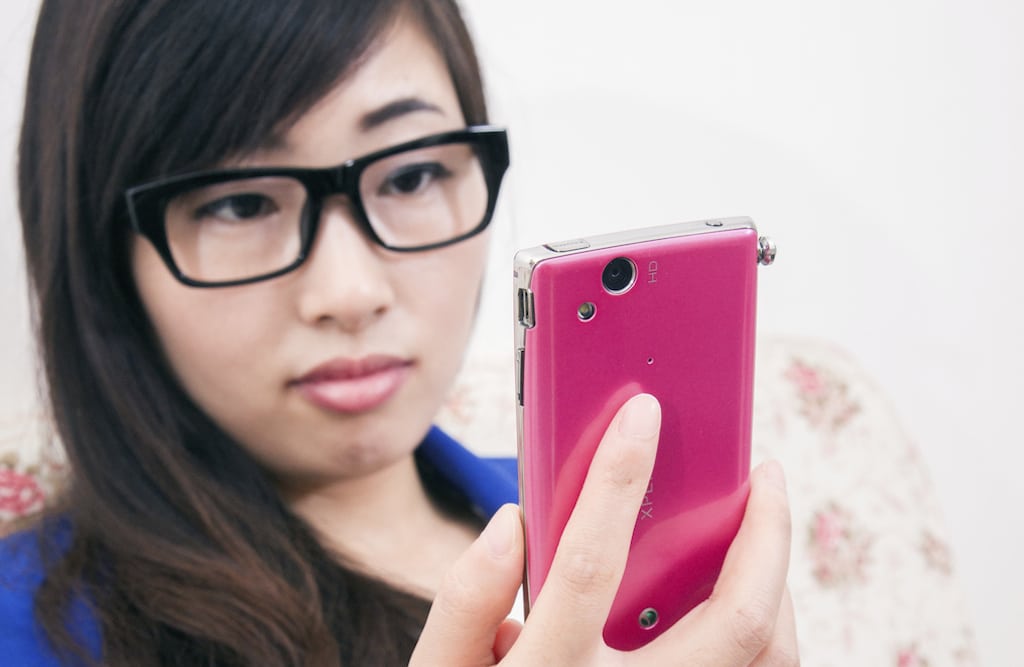Travel Advisors Make the Most of Post-Trip Phone Calls in a Digital World

Skift Take
Following up with clients after a trip is a critical part of the travel-planning process. However, getting clients to truly open up about their experiences takes finesse.
A travel advisor’s work is never done, including and, perhaps especially, after the client has returned home from the trip. This is when the all-important follow-up communication comes in, bringing with it the chance to learn what the client liked and didn’t like, rectify any experiences that were less than perfect, and ensure that the relationship is a lasting one.
In this era of social media, the importance of follow-up — the sooner, the better — is more crucial than ever, according to Steve Gillick, owner of the travel agency consultancy Talking Travel in Toronto. In some cases, he believes it can even be a way to head-off potential disaster.
“Sometimes people won’t complain about their trip to the travel advisor, but they will complain on social media and easily reach 50 or 100 people,” he said. “And people can be quick to judge without knowing the facts behind it. You could end up being victimized and in
